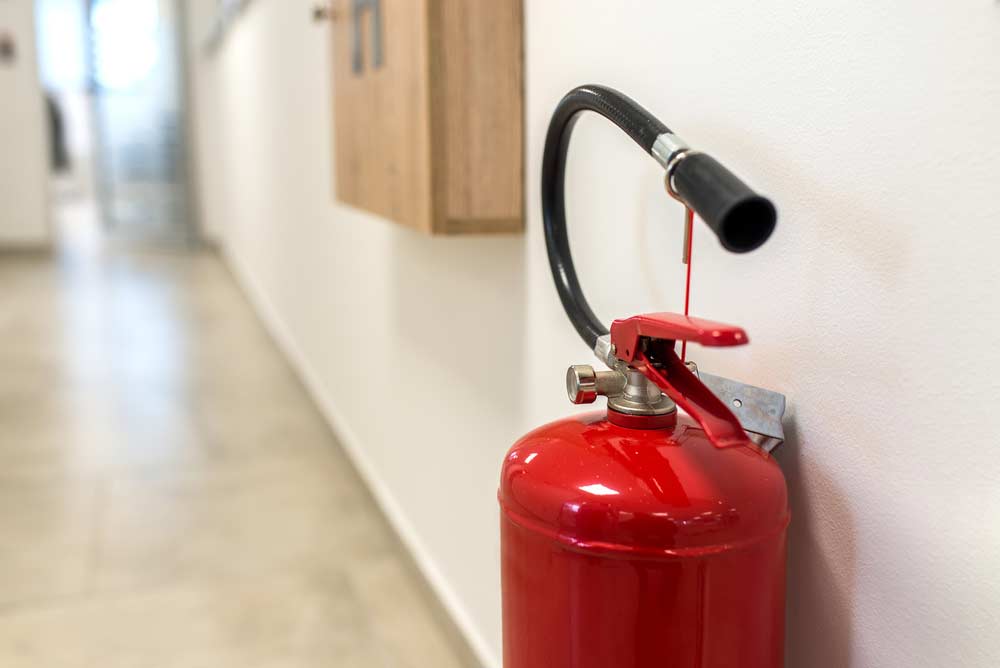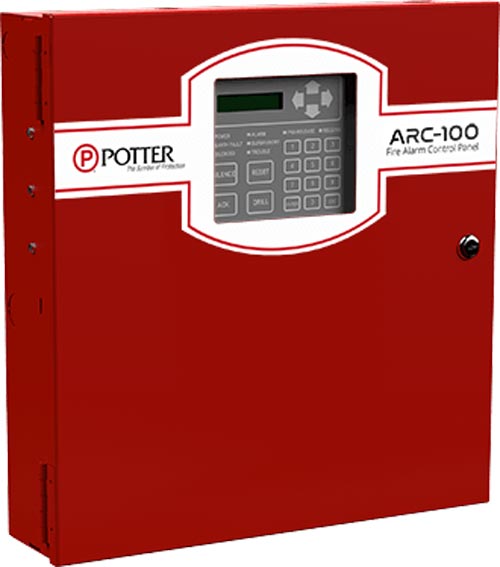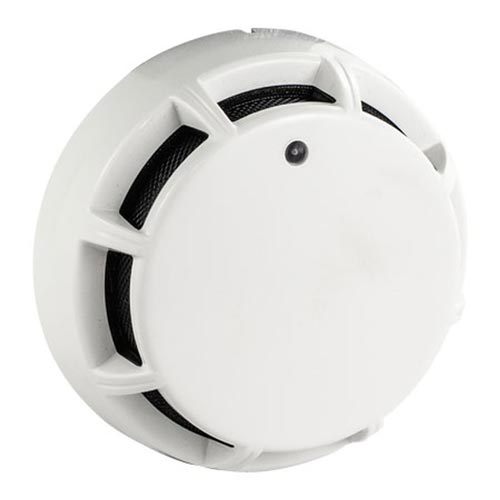
Ohio Fire Extinguisher Requirements
December 9, 2021
ARC 100 Addressable Resealing Control Panel
January 25, 2022PAD100-PD Photoelectric Smoke Sensor
PAD100-PD Photoelectric Smoke Sensor Features
- Low profile, less than 2 inches with the base
- Wide selectable sensitivity range of 1.0 to 3.7%/foot
- Sensor communicates sensitivity to control panel
- UL listed smoke calibration and sensitivity
- Optional locking tab to prevent unwanted removal
- Simple DIP switch address setting, no programming tool required
- LED alarm indicator
- Product includes a 5 year warranty
- UUKL Listed for Smoke Control
About PAD100-PD Photoelectric Smoke Sensor
The Photoelectric Smoke Sensor is a listed Analog Addressable smoke sensor compatible with fire alarm control panels that utilize the Potter Addressable Device (PAD) protocol. The PAD100-PD is a low profile smoke sensor with a wide sensitivity range. The sensor and base (not included) are made of a durable plastic in an off-white color to blend in with the ceiling.
The PAD100-PD has a sensitivity range of 1.0 to 3.7 % per foot and is UL. The PAD100-PD features drift compensation and has built in dirty detector warning as well as. The PAD100-PD and the control panel communicate over a proven and robust digital communication path and the system analyzes the information at the particular device. The total polling speed is less than five (5) seconds, well under the UL requirements.
The sensor is compatible with any of the PAD series sensor bases and simply twists on. The PAD100-PD is addressed using DIP switches in the rear of the sensor and can be easily programmed in the field without special tools.
Setting the Address on a PAD100-PD Photoelectric Smoke Sensor
Each addressable device on the SLC loop must have a unique address from 1 to 127 to function properly. The address is set using DIP switches.
Before connecting a device to the SLC loop, take the following precautions to prevent potential damage to SLC or device. Verify the following:
- Power to the device is removed
- Field wiring is correctly installed.
- Field wiring has no open or short circuit
Air Velocity Ratings
The PAD100-PD has an Open Area of Protection air velocity rating of 0 to 300 feet per minute. The system has a maximum of 30 LEDs that can be turned on simultaneously. If the system already has 30 LEDs on, the PAD100-PD will operate even though the LED may not illuminate.
Operation
The PAD100-PD is an analog addressable sensor that uses one address on the Signaling Line Circuit (SLC) of a compatible fire alarm control panel. The unit communicates with the control panel as it is polled. The LEDs flash every time the unit is polled and they will flash at a fast rate if the unit is in an active status. The polling LED can be turned off if desired for less conspicuous operation. The PAD100-PD with the PAD100-4DB or PAD100-6DB has a low profile of less than two (2) inches to blend into the surrounding environment. The sensor includes an insect screen to prevent foreign objects from reaching the chamber and the can be cleaned to restore operation of a dirty detector.
Sensor Sensitivity
The PAD100-PD and the compatible control panel work in tandem to keep the sensitivity consistent. As the sensor is installed over time, the sensor compensates for the dirt in the unit until it is out of range. At that time, the panel will indicate a dirty sensor. The sensor will then have to be cleaned or replaced. The PAD100-PD can be programmed to provide a maintenance alert prior to reaching the dirty sensor level which will allow for intervention prior to the sensor going into trouble. This allows for sensor replacement or cleaning prior to a nuisance trouble occurs.
NOTE: As required by NFPA, do not install the sensors until all construction is complete and the work area has been thoroughly cleaned. If the sensors have been installed in a construction environment, they should be cleaned or replaced before the system is placed into service.
Spacing
The PAD100-PD is UL listed with a recommended maximum spacing of 30 feet. Refer to NFPA 72 for specific information regarding detector spacing, placement and special applications.



